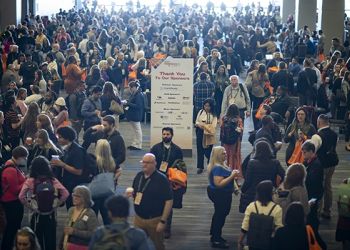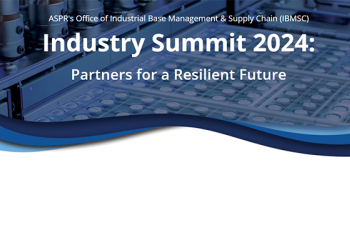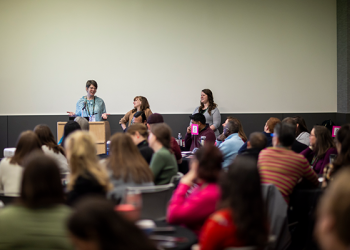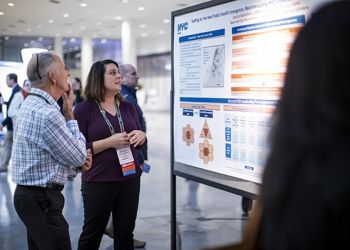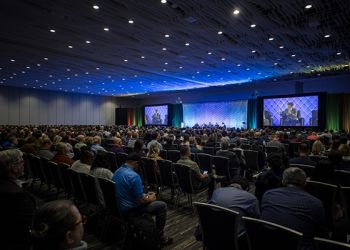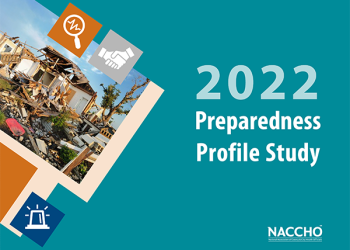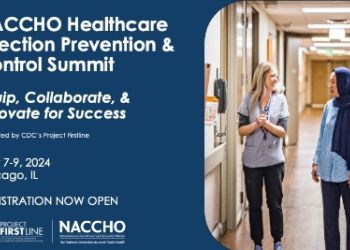Late-breaking sessions were designed to cover important, emerging topics at the forefront of the public health landscape. The first session covered radiation risk. As the country enters a new phase of social and political threats, the need to build the capability to rise to larger, more complex events, such as radiological or nuclear events, heightens.
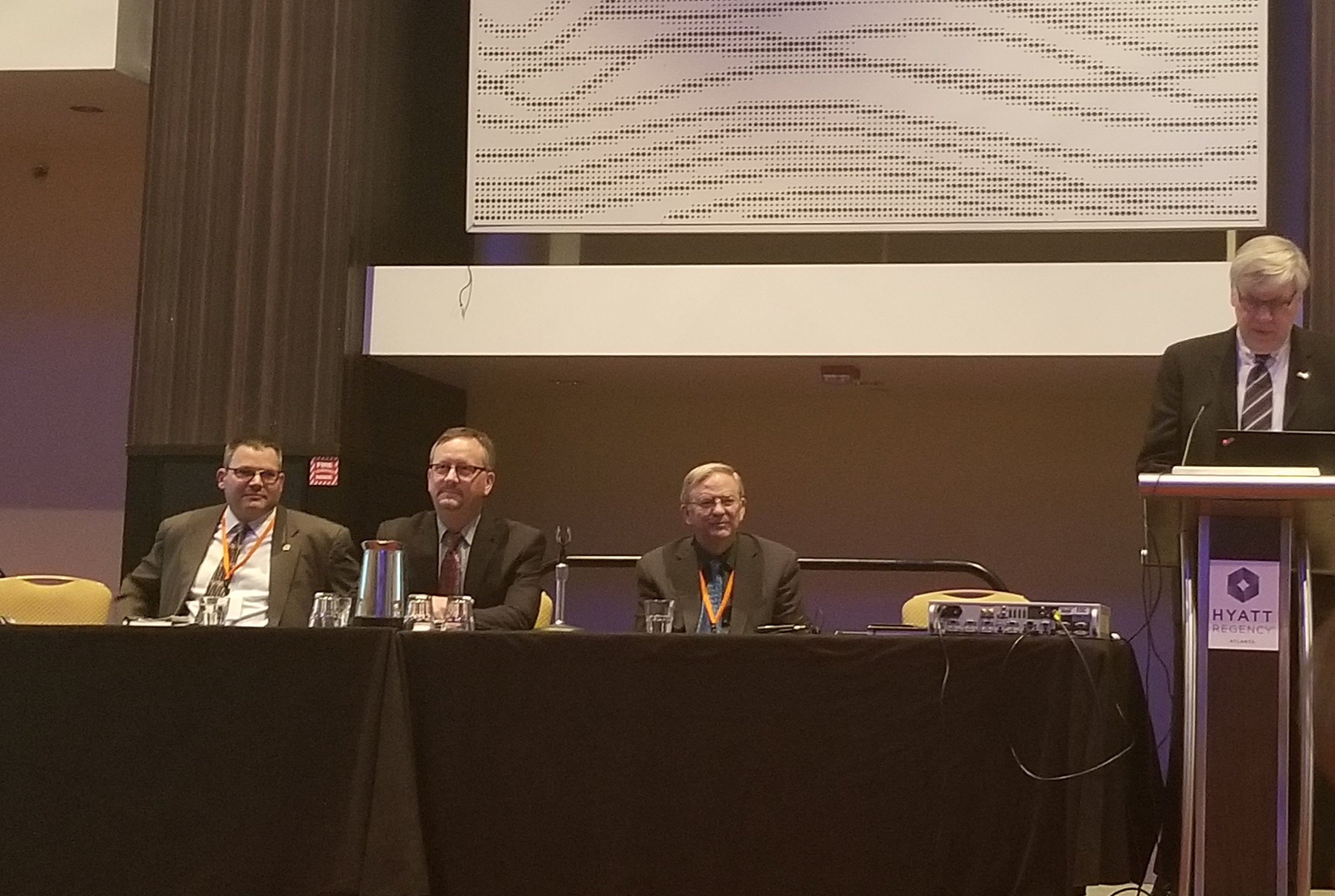
Experts in radiation presented at the late-breaking session on radiation threats and the current state of readiness at the 2018 Preparedness Summit.
Cham Dallas, professor of public health policy and management at the College of Public Health at University of Georgia and director of the Institute for Disaster Management, gave an overview of the current state of radiation readiness. The good news is that the overall nuclear weapon stockpile has decreased, however, the threat of nuclear threats is increasing. The bad news is that presently, there would not be enough available medical resources to meet the demands of an event. To address this gap, the World Health Organization looking to extend the global health workforce to include nuclear experts.
Going forward, education plays a pivotal role in preparing communities for radiological events. Aside from a nuclear detonation, the greatest public health issue is fear. Many people, including medical professionals, don’t know much about radiation. As for communications, CDC encourages public health professionals to spread the word that the new “duck and cover” mandate from the Cold War has evolved to “Get inside, stay inside, and stay tuned.” This guidance, illustrated by this video, informs the public how to protect themselves in a radiation emergency.
Cullen Case, from Radiation Injury Treatment Network (RITN), emphasized the need to educate and train medical professionals. He offered some strategies to best educate those professionals, including accounting for organizational/staff preferences, conducting radiation training as part of other existing requirements, and keeping the training direct and succinct. His presentation also featured a short video about RITN for medical professionals. Cullen also closed with the thought, “Albert Einstein once said, ‘Imagination is more important than knowledge.’ It is…except in radiation emergencies.’” Training and education can reduce fear in medical professionals and equip them with the knowledge they need to respond effectively.
…
Stay up-to-date on the Preparedness Brief blog in the next few weeks to get a summary of each plenary and late-breaking session.
Access 2018 Preparedness Summit Resources
- Visit the Preparedness Summit website to stay up to date on when abstracts open for the 2019 Preparedness Summit and when to register.
- To access photos and presentation slides of the sessions, go to the Preparedness Summit website, click on the “Schedule of Events” tab to go to the full schedule. Log into your account by clicking “My Schedule” on the left column and click the audio icons next to each session.
Save the Date for the 2019 Preparedness Summit
Next year’s Preparedness Summit will take place March 26-29 in St. Louis, Mo.
The Preparedness Summit is the first and longest running national conference on public health preparedness. Since its beginning in 2006, NACCHO has taken a leadership role in convening a wide array of partners to participate in the summit; presenting new research findings, sharing tools and resources, and providing a variety of opportunities for attendees to learn how to implement model practices that enhance the nation’s capabilities to prepare for, respond to, and recover from disasters and other emergencies.
We hope to see you there!
